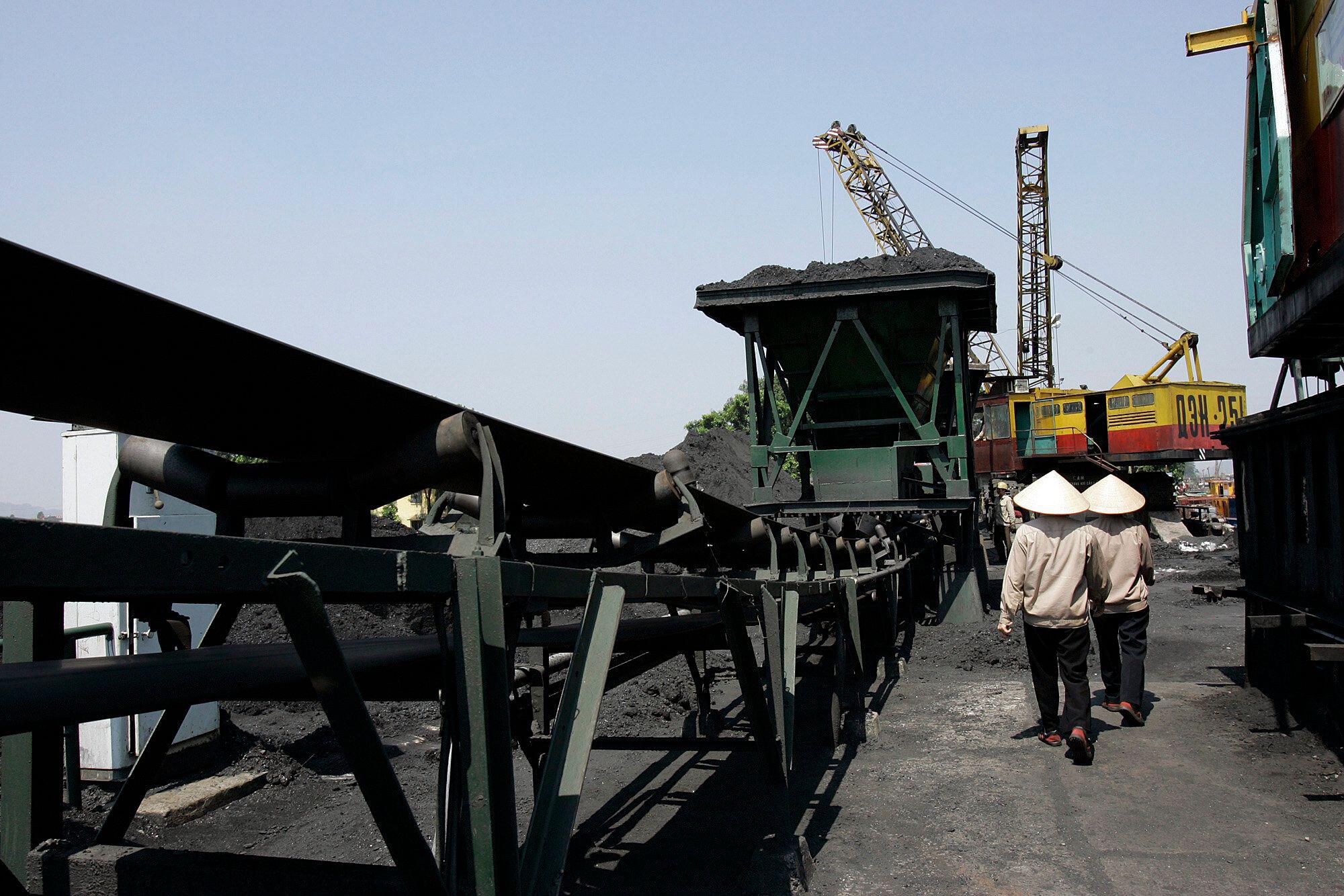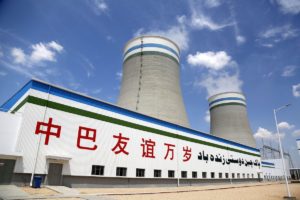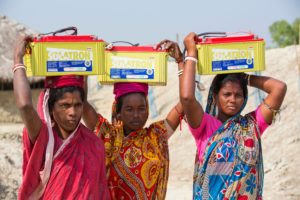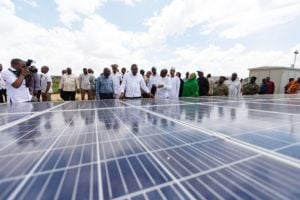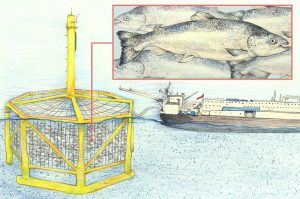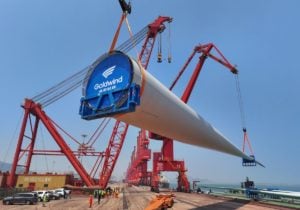As the biggest source of greenhouse gases, how to transition the energy sector from carbon-intensive fossil fuels to green energy has long been at the heart of discussions around mitigating climate change. A shift away from coal in particular has come into sharper focus since the G7 countries and China announced in 2021 that they would stop funding new coal plants abroad.
This has also led to a growing discussion about accelerating the phase-down of existing coal plants. For example, the Asian Development Bank’s Energy Transition Mechanism aims to expedite retirement or repurposing of fossil fuel plants, while the Glasgow Financial Alliance for Net Zero (GFANZ) has published voluntary guidance for financing the early retirement of coal-fired power plants in the Asia-Pacific region.
A big question is, however, what early retirement of coal plants means for their owners and investors. Governments, companies and financial institutions invest in coal plants to make a profit, which depends on running the plant for the duration of its power purchasing agreement (PPA), usually 25 years, or even until the end of its technical lifetime, typically about 40 years. Shortening a plant’s operational lifespan would thus negatively impact investors, incentivising them to fight early coal plant retirement in the courts and through lobbying.
But in fact, investors could benefit from early retirement of coal plants, as our study, conducted jointly by the Green Finance & Development Center at FISF Fudan University in Shanghai and Climate Smart Ventures in Singapore found. This might provide incentives for investors to push for early coal retirement.
Coal plants in Pakistan and Vietnam
We analysed the company value of six coal-fired power plants built with Chinese investment – three in Pakistan and three in Vietnam. Pakistan has undergone serious debt distress in the last two years partly caused by high infrastructure spending and the need to import expensive coal. Vietnam has this year received attention due to its cooperation with the G7 on establishing a Just Energy Transition Partnership and its ambitious power development plan (PDP8) issued in June 2023.
Our approach included five analytical steps: first, we selected six plants that use less efficient technologies (such as pulverised coal), to maximise the carbon emissions that could be avoided by their theoretical early retirement. We also looked at plants with less than 1GW generation capacity, to simulate a realistic transition scenario in which national energy supplies would not be compromised.
Next, we dug deep into information on these plants’ specific PPAs and financial performance, as well as power sector reports, so our models were built as far as possible on fact rather than assumption. In a third step, we developed three different future scenarios: broadly a ‘business-as-usual’ one in which countries prioritise energy security (the ‘BAU’ scenario); a second in which regional blocs prioritise economic and political interest (the ‘Allies’ scenario); and a third in which the global economy prioritises renewable energy and climate action (the ‘Future’ scenario).
Finally, we applied two different financing scenarios to evaluate coal plants’ enterprise values. The first was asset refinancing in which the coal plant raises refinancing in 2024 at a lower cost against the promise to retire the plant early; and the second being refinancing bundled with renewable energy investment, in which the coal plant retires at the end of the loan term and renewables start operating in 2025 and run for 20 years.
Results show promise of early coal plant retirement
The results of the calculations were promising. For all six plants, our modelling showed an increase in enterprise value under all scenarios. In Pakistan, refinancing would allow the retirement of the three plants seven to nine years ahead of schedule – while making a profit.
In Vietnam, avoided lifetime emissions were equivalent to eight years in the Thang Long plant, and three years in the Hai Phong 2 plant. For the older Quang Ninh-1 plant, the re-financing timeframe is similar to that of the current PPA and would thus not reduce lifetime emissions. According to our results for all six plants, if the refinancing were bundled with renewable energy investments, the enterprise values would more than triple even in the worst-case, business-as-usual scenario.
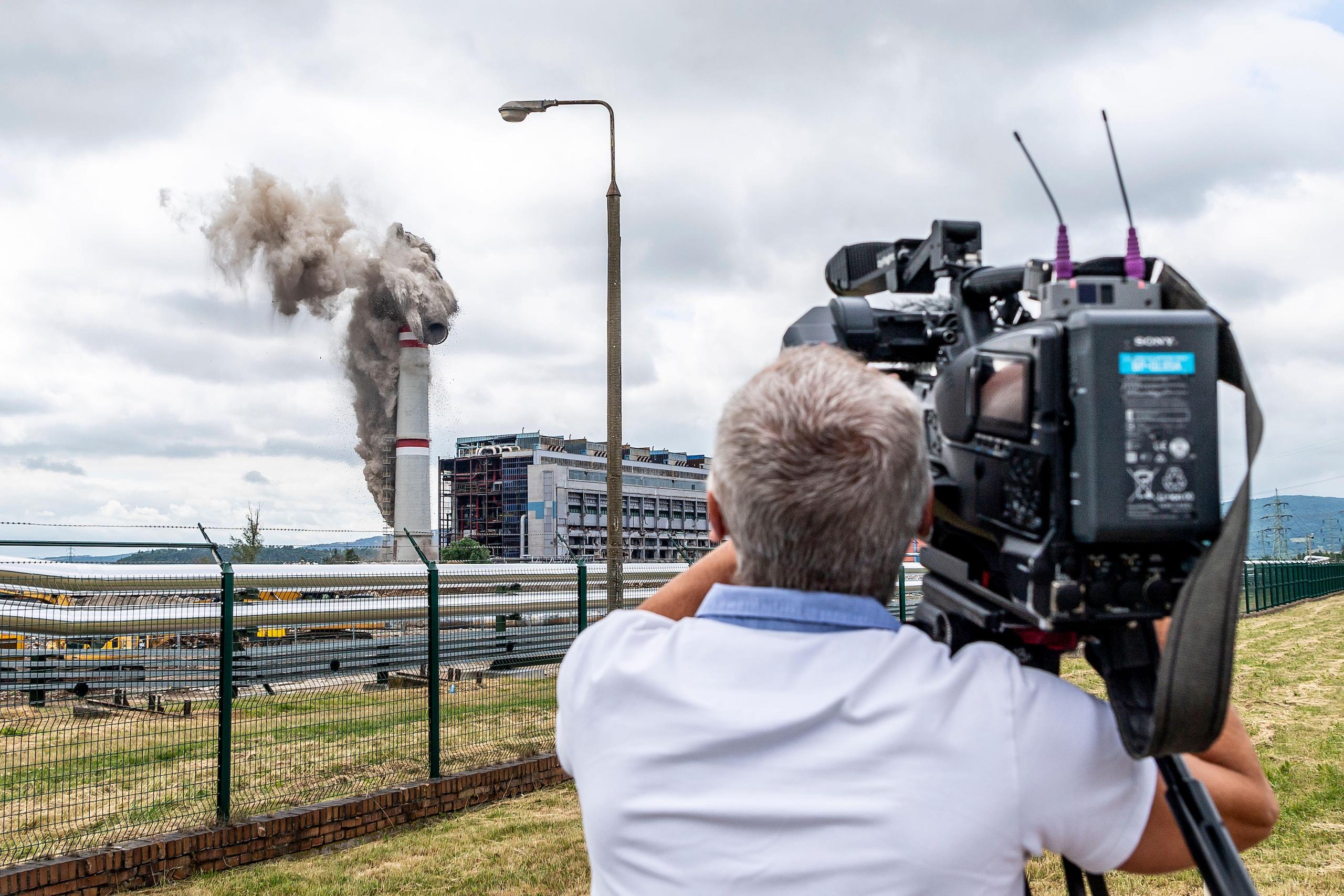
These results are important. If investors can get a higher return for phasing down coal plants early, and further improve returns by bundling coal plant retirement with renewable energy investments, accelerated phase-down becomes a triple-win opportunity: investors benefit; local communities benefit through new infrastructure investments and cleaner air; and the global climate benefits from lower emissions.
To achieve this in practice, however, negotiations and detailed planning need to happen. Local governments and investors must re-negotiate existing power purchasing agreements and related contracts for coal plants, while local planners need to prepare details for the renewable energy expansion.
We could be looking at a rapid transformation of the energy landscape, and a win-win-win situation for investors, communities and the global climate
Also, new investors need to be found that are willing to provide refinancing at a lower cost than current investors, potentially through the application of credit enhancement and exchange rate hedging mechanisms. In Southeast Asia, these could be provided by development banks and possibly even private financial institutions under the new ASEAN sustainable finance taxonomy.
Moreover, investors would have to be confident that retirement plans are absolutely credible, which could be achieved through close cooperation with a trusted international partner such as GFANZ or the Coal Asset Transition Accelerator (CATA), a platform focused on leveraging finance to accelerate the coal transition globally, launched at COP26 in Glasgow by the European Climate Foundation. China can play a pivotal role, given its significant engagement in coal plants in South and Southeast Asia and its stated ambition to ‘green’ the Belt and Road Initiative.
Can early coal retirement work? It can, if local policymakers and their risk and return calculations can truly align with green transition targets. If they get it right, we could be looking at a rapid transformation of the energy landscape, and a win-win-win situation for investors, communities and the global climate.
